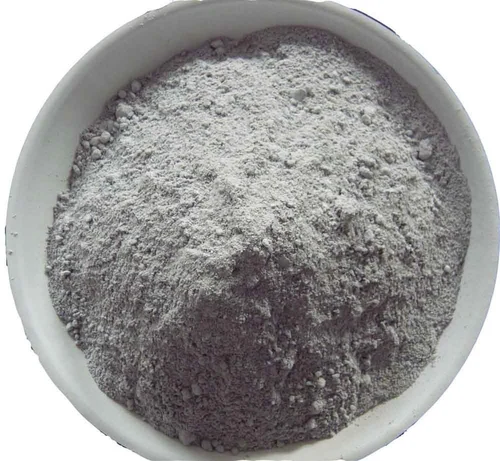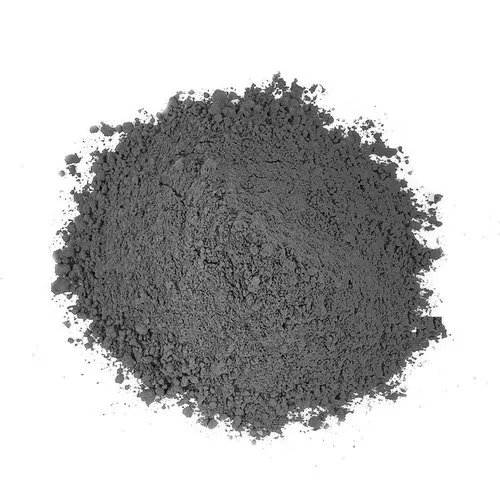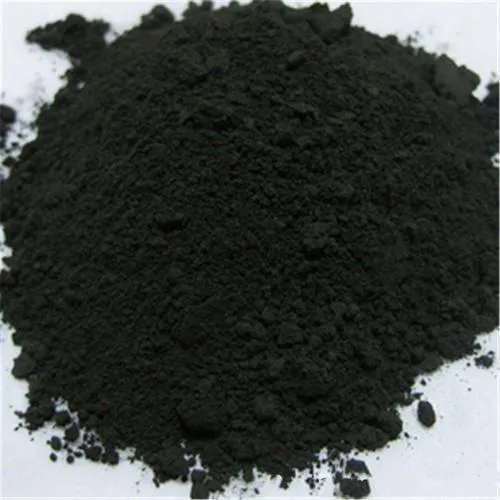Description
Nickel-Silica Catalysts: Powering Reactions with Versatility and Stability
Nickel-silica catalysts, often abbreviated as Ni/SiO₂, have emerged as a workhorse in numerous chemical reactions, prized for their versatility, stability, and cost-effectiveness. These catalysts consist of nickel nanoparticles dispersed on a silica support, and their ability to selectively promote various transformations has made them a cornerstone in both industrial processes and academic research.
Understanding the Synergy: Nickel and Silica
The effectiveness of Ni/SiO₂ catalysts lies in the synergistic relationship between the active nickel component and the silica support.
- Nickel: The Active Site: Nickel is the primary active metal responsible for catalyzing the reaction. It facilitates the adsorption of reactants onto its surface, weakens chemical bonds, and promotes the formation of new products. The electronic structure of nickel allows it to interact effectively with a range of organic and inorganic molecules.
- Silica: The Supportive Role: Silica, typically in the form of amorphous silica or mesoporous silica (SBA-15, MCM-41), acts as a high-surface-area support for the nickel nanoparticles. This dispersion prevents the aggregation of nickel, maximizing the available active sites for reaction. Silica is also known for its chemical inertness and thermal stability, ensuring the catalyst retains its activity under harsh reaction conditions. Additionally, the pore size and structure of the silica support can influence the diffusion of reactants and products, impacting the overall catalytic performance.
Applications Across Diverse Fields
The versatility of Ni/SiO₂ catalysts stems from the ability to tune their properties, such as nickel loading, particle size, and silica morphology. This allows them to be tailored for a wide range of applications:
- Hydrogenation Reactions: Ni/SiO₂ catalysts are widely used in the hydrogenation of unsaturated hydrocarbons, such as alkenes and alkynes. They are effective in selectively reducing double and triple bonds, producing valuable chemicals like saturated hydrocarbons, alcohols, and amines. This is crucial in industries like petrochemical refining and fine chemical synthesis.
- CO Oxidation and Methanation: These catalysts play a role in environmental catalysis, particularly in the oxidation of carbon monoxide (CO) to carbon dioxide (CO₂) and the methanation of carbon dioxide to methane (CH₄). This is important for reducing harmful emissions from industrial processes and developing sustainable fuel sources.
- Steam Reforming and Dry Reforming: Ni/SiO₂ catalysts are employed in steam reforming and dry reforming of hydrocarbons, processes that convert methane and other hydrocarbons into synthesis gas (a mixture of hydrogen and carbon monoxide). Synthesis gas is a vital feedstock for producing ammonia, methanol, and other important chemicals. Their resistance to carbon deposition compared to other metal catalysts makes them particularly attractive in these reforming processes.
- Selective Catalytic Reduction (SCR): In certain formulations, Ni/SiO₂ catalysts can be used for the selective catalytic reduction of nitrogen oxides (NOx) to nitrogen (N₂) using ammonia as a reductant. This application is crucial for reducing air pollution from vehicles and industrial sources.
Factors Influencing Catalyst Performance
Several factors influence the performance of Ni/SiO₂ catalysts:
- Nickel Loading: The amount of nickel loaded onto the silica support directly impacts the number of active sites available for reaction. Optimizing the nickel loading is crucial for achieving maximum catalytic activity.
- Nickel Particle Size: The size of the nickel nanoparticles influences their catalytic activity and selectivity. Smaller nanoparticles generally exhibit higher activity due to a larger surface area-to-volume ratio. However, they may be more prone to sintering (aggregation) under high-temperature conditions.
- Silica Support Characteristics: The surface area, pore size, and morphology of the silica support significantly affect the dispersion of nickel nanoparticles and the diffusion of reactants and products. Choosing the appropriate silica support is essential for optimizing catalytic performance.
- Preparation Method: The method used to prepare the catalyst, such as impregnation, deposition-precipitation, and sol-gel methods, can influence the nickel particle size, distribution, and interaction with the silica support.
Future Directions and Challenges
While Ni/SiO₂ catalysts are already widely used, ongoing research focuses on further improving their performance and expanding their applications. Key areas of focus include:
- Enhancing Catalyst Stability: Preventing nickel sintering and carbon deposition under harsh reaction conditions is crucial for maintaining long-term catalyst activity.
- Improving Selectivity: Developing Ni/SiO₂ catalysts with higher selectivity for specific products is essential for minimizing waste and maximizing efficiency.
- Exploring New Applications: Investigating the use of Ni/SiO₂ catalysts for novel reactions, such as biomass conversion and CO₂ utilization, is crucial for addressing global challenges in energy and sustainability.
- Developing Advanced Characterization Techniques: Employing advanced characterization techniques, such as electron microscopy and X-ray spectroscopy, to gain a deeper understanding of the catalyst structure and its relationship to catalytic activity.
In conclusion, nickel-silica catalysts represent a versatile and powerful class of materials that play a vital role in various chemical processes. By carefully controlling their properties and employing advanced characterization techniques, researchers and engineers can continue to unlock their full potential, paving the way for new innovations in catalysis and sustainable chemistry.












Reviews
There are no reviews yet.